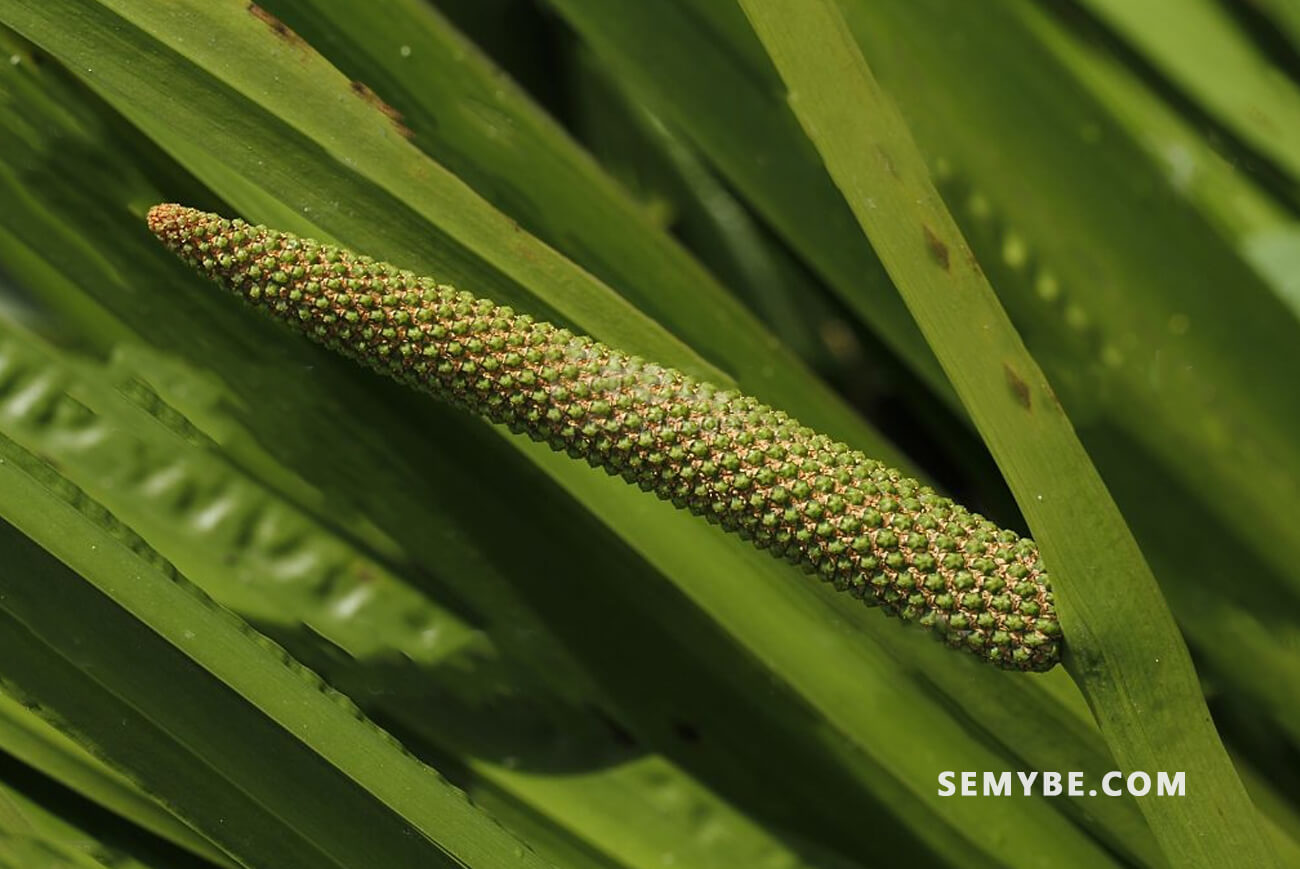
Acorus Calamus
History And Use
The acorus is a soothing and stimulating plant of gastric secretions. It is known for its appetizing and carminative properties, as well as a soothing effect on the nervous system and joint pains. The plant is generally recommended in case of digestion difficult, chronic gastritis, rash and urticaria.
Description Of The Plant
Since long time, men use the true acore, Stimulating Ayurvedic medicine attaches great importance to this plant which is also widely used in Europe and the United States. Facilitating digestion, its as toning and rhizome has a tonic action on the nervous system. This plant stimulates appetite, reduces flatulence and relieves indigestion and colic, it has a bitter taste.

Curative Action
Western herbalism
True acore solves various disorders aerophagia, colic or bad digestions. The amencanus variety proves to be a more powerful antispasmodic intestines. It reduces bloating, soothes migraines and facilitates the digestion. In small doses, this plant would help reduce the production of stomach acid, while, larger doses would stimulate. It different dosages of the same plant can thus cause contrary results.
Traditional And Current
Uses
In Egypt and India the true acore has been considered as an aphrodisiac for at least 2,500 years. In Europe, it was mainly looking for its stimulating, apentive and digestive action In North America, the decoctions of this plant relieved fevers, stomach cramps and colic. The rhizome was chewed to reduce toothache.
Uses
Adding a decoction to hot bath water: relaxing effect on the muscles and sedative on the nervous system. The plant, like the chamomile, helps to reduce nervous tension and sleep.
Stimulating gastric secretions, against bloating, nausea and gastro-oesophageal burns, acore is particularly used for its tonic effect on the digestive glands and its relaxing effect on the neuromuscular system.




